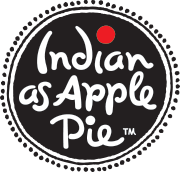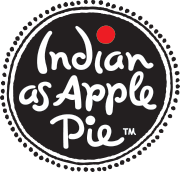I’ve dreamed of writing a cookbook ever since I was little, toiling away in my mother’s kitchen under the watchful eye of my grandfather when he visited from India. It just never seemed it could be a reality—especially with two little girls, a husband, and a job that required me to be at work by 3 a.m. I decided to take a break from daily reporting to cook more for my family, and that’s when I was finally able to start the book.
Back in the 1970s, when my mother was an immigrant to this country struggling to balance cooking with her job and raising a young family, she first came across the slow cooker as a way to prepare stews and soups. Eventually, she started to make basic dals and then rajmah (kidney beans) in the slow cooker. She would experiment and then write these recipes down on little 3 x 5 notecards, which my brother and I eventually used as we went off to school and then our careers. In all honesty, I probably lost more of these cards than I held onto—but my persistent, patient mother kept writing those recipes down. Eventually, I created many of my own, too, and thus created this book. I think of it as a tribute to my mother and to other Indian mothers like her, who clung to tradition overso many years so their children could enjoy the legacy of traditional cooking without sacrificing their identities as successful, professional women.
The beauty of slow cooking is that spices have the time to break down and infuse your dish with tons of flavor, essentially eliminating the need for too much oil or even cream. It’s truly amazing that with a cuisine like Indian—where so much emphasis is placed on heating up oil, onions, garlic, ginger, and other spices just so—you can eliminate this step entirely and produce a dish that is as complex and layered with flavor as you would have made by traditional means. And this ability to virtually forego the cream and fat (without sacrificing flavor) means more people can benefit from these recipes.
Hands down, it’s rajmah, the Punjabi equivalent of red beans with rice. The nice thing is that my kids love it as much as my husband and I do.

